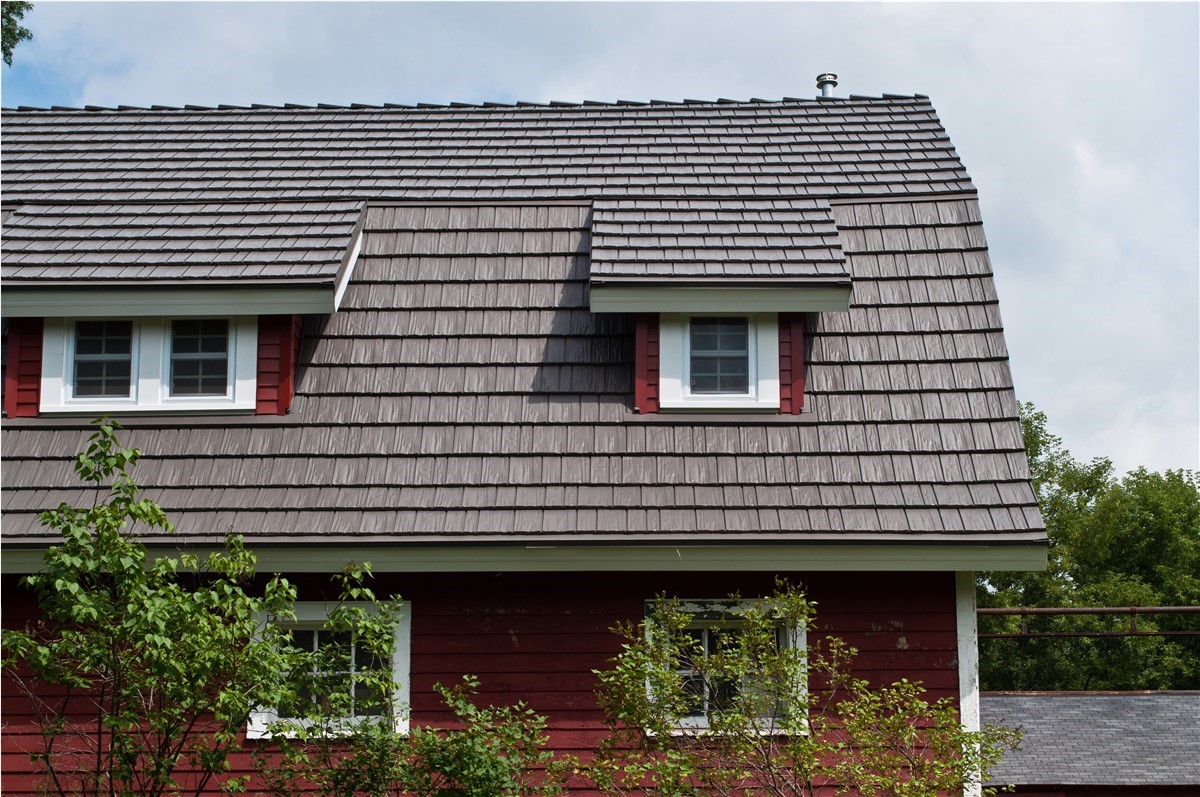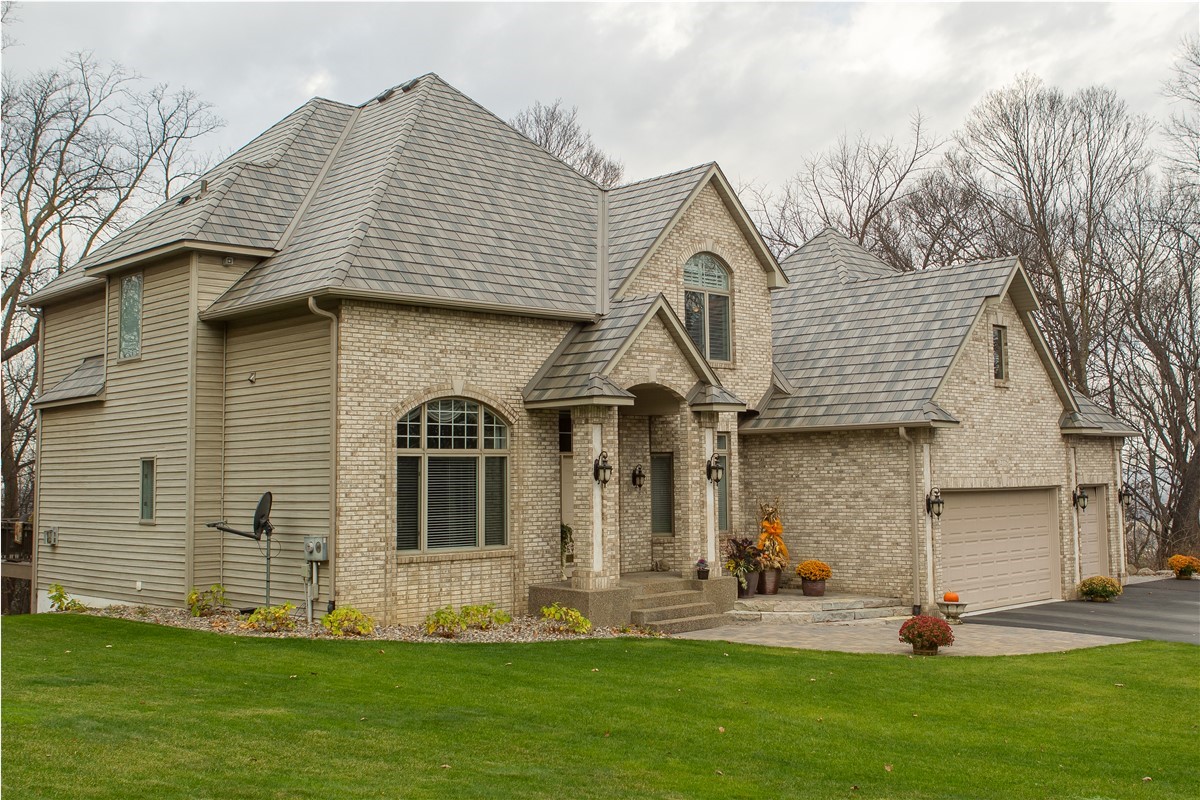Minneapolis area weather is notorious for producing ice dams in the winter. Many homeowners know the signs - those beautiful picture-book icicles hanging from the eaves, growing ever longer with each cycle of snow melt on warm days, freezing of liquid at night. While those icicles might be picturesque, what they tell roofing professionals is that the roof has developed an ice dam, which can be severely damaging to roofs. And sometimes they bring an unpleasant surprise - wet ceilings from a water leak.
Winter repairs are certainly inconvenient, and because they are an emergency situation, they can be costly. Has your home historically been subject to development of ice dams? Here is some information to keep in mind.
Definition: An ice dam is a line of ice along the edge of the roof which forms when melting snow freezes on the lower, cooler part of the roof. This ice blocks melting water from falling from the roof. As more snow melt hits the ice it freezes, enlarging the size of the ice ridgee, creating even more blockage. Causes: Ice dams result when a snow-covered roof is above freezing temperature on the upper part of the roof, but below freezing on the lower edge. The underlying cause is heat loss through the roof, usually from poor insulation in the attic and poor ventilation. Results: Since the upper area of the roof is warm, water will pool up above the ice dam and remain liquid. Since it can't drain off the roof, it will eventually seep into the underlying structure. Damage Potential: In addition to wreaking havoc with your shingles, soffit, and fascia boards at the roof edge, ice dams can also cause:- Damaged siding beneath the roof edge, as well as peeling paint
- Wet insulation, resulting in mold and mildew development; the heavy, wet insulation will eventually settle, reducing its ability to insulate the attic and upper wall areas, increasing the problem even more
- Wet ceilings and drywall
Subscribe to Quarve Contracting's Blog





Comments